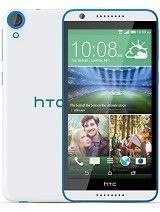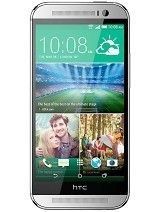Main
Model
Price
Advantages
launch
Announced
Status
platform
OS
Chipset
CPU
GPU
camera
Rear
Front
Video
Features
display
Size
Resolution
Technology
Protection
Multitouch
battery
General
Stand By
Talk time
body
Dimensions
Weight
SIM card
Miscellaneous
Colors
memory
Internal Storage & RAM
Card slot
comms
WLAN
Bluetooth
GPS
NFC
Radio
USB
Infrared port
features
Sensors
Messaging
Browser
Java
sound
3.5mm jack
network
Technology
2G bands
3G bands
4G bands
Speed
GPRS
EDGE
Videos
Summary
The HTC One (M8) uses a more powerful CPU Quad-core 2.3 GHz (US/EMEA) than the Desire 820. It is an important difference between these phones as fast CPU allows you to run a few apps at once.
The HTC One (M8) has better graphics processor Adreno 405 thanks to which you will be able to run more number of the latest games.
The HTC Desire 820 has more quality rear camera which makes the Desire 820 a better choice for photo lovers. The Desire 820 front camera specs are better than that of the HTC One (M8): (8 megapixels and 2.3 aperture versus 5 megapixels and 2 aperture). If you want to make selfie photos of a good quality then it is an important advantage for you. The HTC One (M8) captures videos with a more quality resolution: FullHD vs [v_quality_name].
The HTC One (M8) has 2K HD (1080 x 1920 pixels) screen resolution with 440 ppi pixel density which is better than the Desire 820 FullHD (720 x 1280 pixels) screen resolution with 267 ppi pixel density. It makes this phone a better choice for reading books. The Desire 820 smartphone is easier to carry as it has smaller dimensions than the HTC One (M8): 157.7 x 78.7 x 7.7 mm versus 146.4 x 70.6 x 9.4 mm. The Desire 820 model weight 155g which is 5g lighter than the weight of the HTC One (M8).
Considering the above-mentioned differences the HTC One (M8) becomes the best buy. Get the list of the best offers on Amazon.


